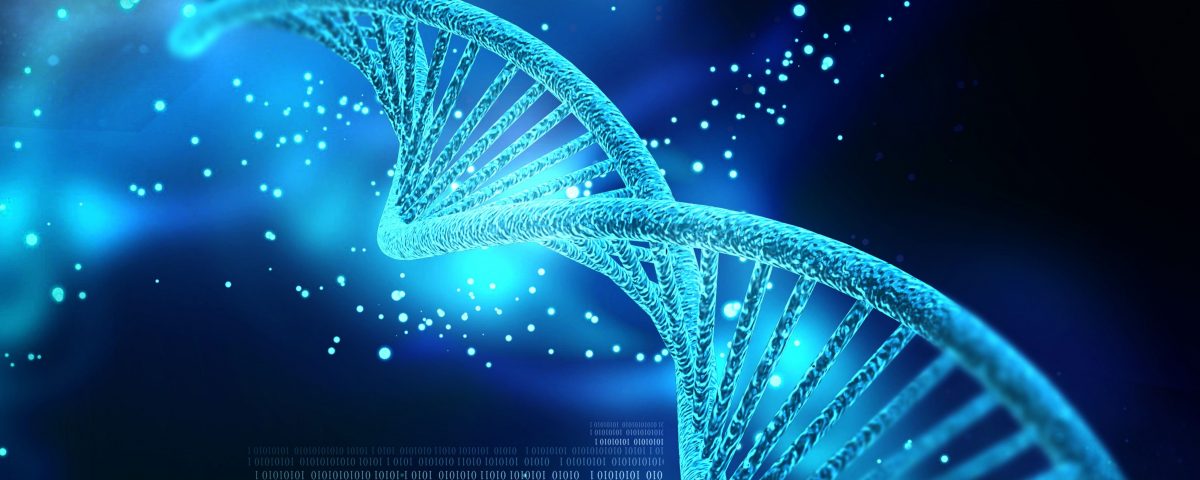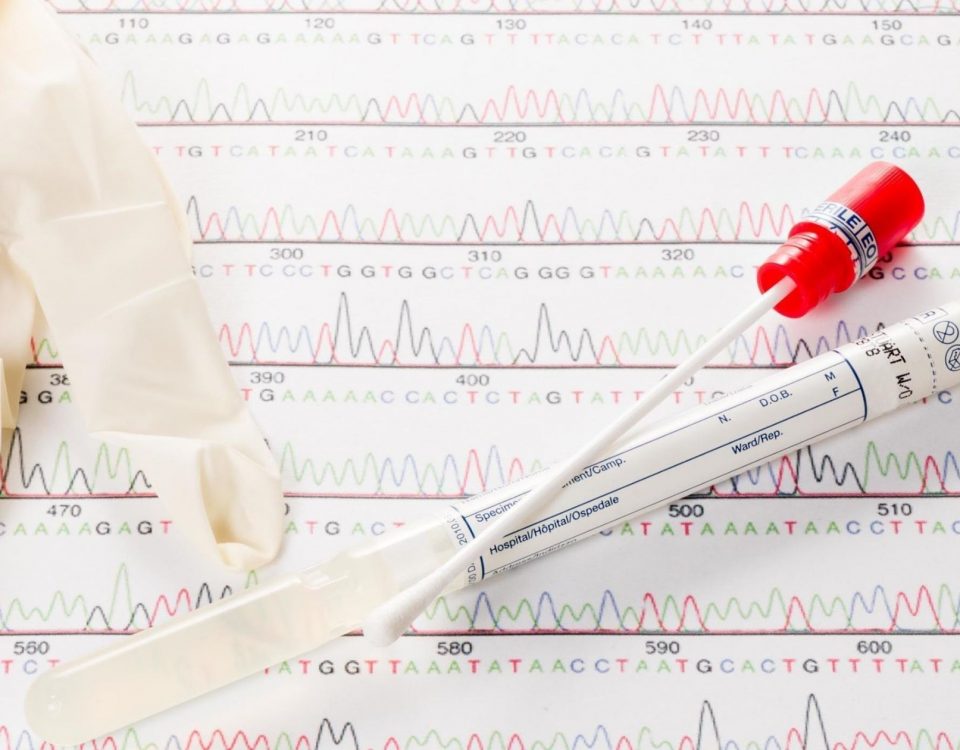DNA Detection Chip

Can Genetic testing determine the risk of type 2 diabetes?
February 22, 2022
What is the difference between CVS and Amniocentesis?
March 1, 2022Examining a DNA test for a specific sequence—whether it’s a mutation, a transgene inserted by the researcher, or traces of an infected host a standard technique in major molecular biology and testing laboratories across the world. Such searches frequently consist of target amplification, which entails utilizing sequence-specific oligonucleotide primers and the action of a DNA polymer to extract the sequence of interest. Amplification, on the other hand, not only adds a stage to the search process (requiring optimization, reagents, and time), but it can also bring errors like amplification bias.

To avoid this error and remove the amplification process a study was done on the CRISPR-Cas family of nucleases which is known for its ability to scour the whole genome to find the specific sequence when paired with a specific guide RNA. This study was done by Kiana Aran of the Keck Graduate Institute in California and her colleagues. Aran used electrical engineering to add this search into an electrical biosensor called CRISPR-Chip.

How the chip works:
This CRISPR-Chip uses a deactivated Cas9 enzyme which is paired with a guide RNA to detect a specific sequence. The enzyme is deactivated to prevent DNA cutting. The resulted enzyme and RNA are stuck to a graphene transistor. The purified DNA sample is then pipetted out on the transistor and if the RNA-Cas9 complex binds with the target the electrical current of the transistor changes, producing a readout in a few minutes.
If you have any query relates to DNA test you can visit our Top DNA Guest Posting website “DNA newz”




